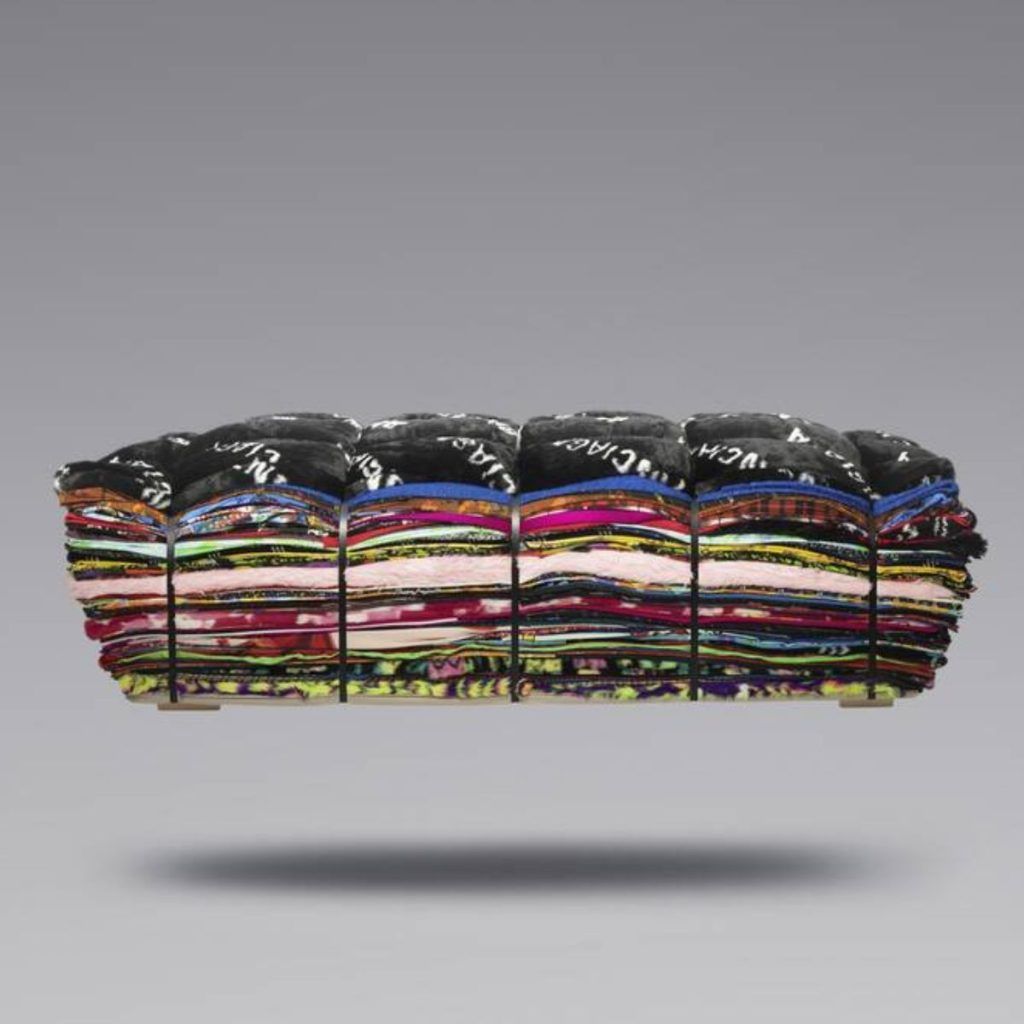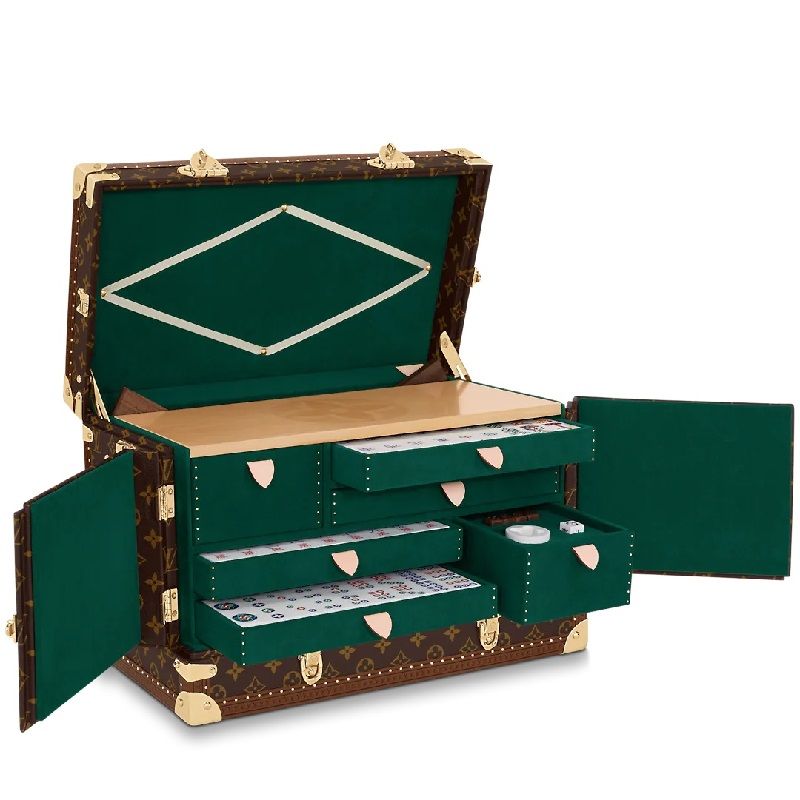
The Montblanc and Augustman Father’s Day Gift Guide
By Anandhi Gopinath Jun 07, 2024 | 3 min read

Style Has A New Home: BOSS House Bali
By Suffian Hakim May 21, 2024 | 3 min read

Montblanc’s Iconic Meisterstück Celebrates A Century of Craftsmanship
By Anandhi Gopinath May 08, 2024 | 3 min read

Dr Ong Keng Sen: A National Treasure
By Suffian Hakim May 07, 2024 | 7 min read

Under Armour Teams Up With Darbotz So We Can Unleash Our Wild Side
By Suffian Hakim Jan 17, 2024 | 6 min read

Saint Laurent expresses its artistic legacy in flagship Champs-Élysées boutique
By Jonathan Ho Jan 05, 2024 | 3 min read

The Roy Brothers’ Apartments From ‘Succession’ Are Going Up For Auction
By Eric E. Surbano May 18, 2023 | 3 min read

Write At The Speed Of Thought With The Montblanc Ferrari Stilema SP3 Limited Edition
By Jonathan Ho Mar 11, 2023 | 3 min read

The Best Paint Colours For Your Personality Type
By Priyanshi Agrawal Mar 09, 2023 | 8 min read

A Look Inside Bentley’s New Luxurious And Intimate Music Lounge
By Richard Augustin Mar 03, 2023 | 3 min read

Why Should We Care if Chiara Ferragni’s Ispirazione Italiana Nespresso machine Looks Attractive?
By Jonathan Ho Feb 21, 2023 | 5 min read

Sacha Jafri Is Sending The First Official Artwork To The Moon
By Sanika Achrekar Feb 02, 2023 | 3 min read

Residence In Verdant Splendour: Molina De Segura’s Rambla Climate House Presents A Beautiful Mixture of Architecture And Nature
By Noah Haerman Jan 20, 2023 | 4 min read

Stepping Inside The Glass Onion: A Closer Look At The Greek Mansion Seen In The Knives Out Sequel
By Jhanvi Jan 09, 2023 | 3 min read

A Look At What’s Life Like Inside The Lego Factory
By Augustman Dec 26, 2022 | 4 min read

Royal Mint Celebrate 25 Years Of Harry Potter With Commemorative Coins
By Sreetama Basu Dec 25, 2022 | 2 min read

The Real Slim Shady: The Architecture Behind Steinway Tower, The World’s Thinnest Skyscraper
By Manas Sen Gupta Dec 01, 2022 | 5 min read

Aston Martin Applies Its Design Mastery To First Luxury Home In Japan
By Richard Augustin Nov 29, 2022 | 3 min read

Balenciaga Has Made A Custom-Made Bench That Can Be Yours For US$46,300
By Trinetra Paul Nov 24, 2022 | 2 min read

Louis Vuitton And LEGO Hook Up For Festive Window And Store Displays
By Ronn Tan Nov 20, 2022 | 2 min read

Southeast Asian Furniture Designer Brands Making Their Mark In The Luxury Furnishing Space
By Pallabi Rose Nov 17, 2022 | 8 min read

Stepping Inside Mannat, Shah Rukh Khan’s Stunning Home
By Romaa Daas Nov 14, 2022 | 3 min read

The 8 Stadiums In Doha That Will Host The Qatar World Cup
By Augustman Nov 01, 2022 | 3 min read

Steve Leung: of People, Art, and Craft
By Kelly Lewi Oct 27, 2022 | 12 min read

An Easy Guide To Preparing And Designing Kolam For Deepavali
By Priyanka Lamba Oct 21, 2022 | 4 min read

A Sneak-Peek Into Antilia, Mukesh Ambani’s Uber-Luxurious Villa
By Romaa Daas Sep 15, 2022 | 3 min read

After 50 Years Michael Heizer’s The City, Has Finally Opened
By Trinetra Paul Aug 28, 2022 | 3 min read

10 Design-Driven Movies For Architecture Buffs
By Trinetra Paul Aug 17, 2022 | 11 min read

Designer Figurines Like KAWS And Bearbrick To Have In Your Collection
By Ashish Khaitan Aug 16, 2022 | 8 min read

Luxury Gaming: Louis Vuitton Releases Vanity Mahjong Set
By Manas Sen Gupta Jul 27, 2022 | 2 min read

